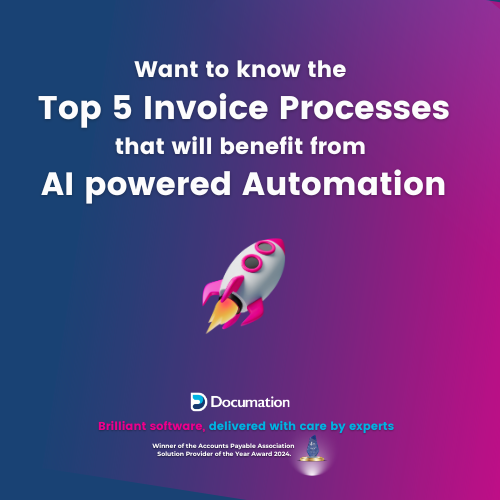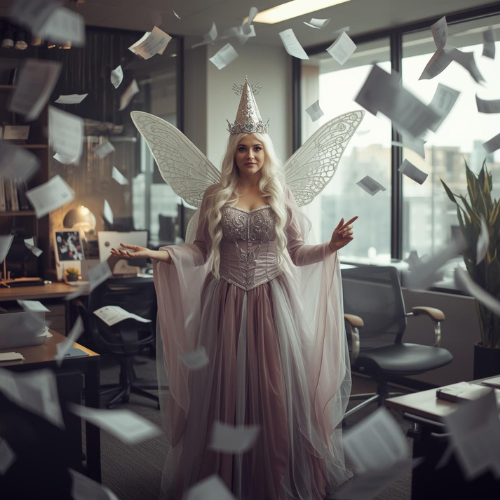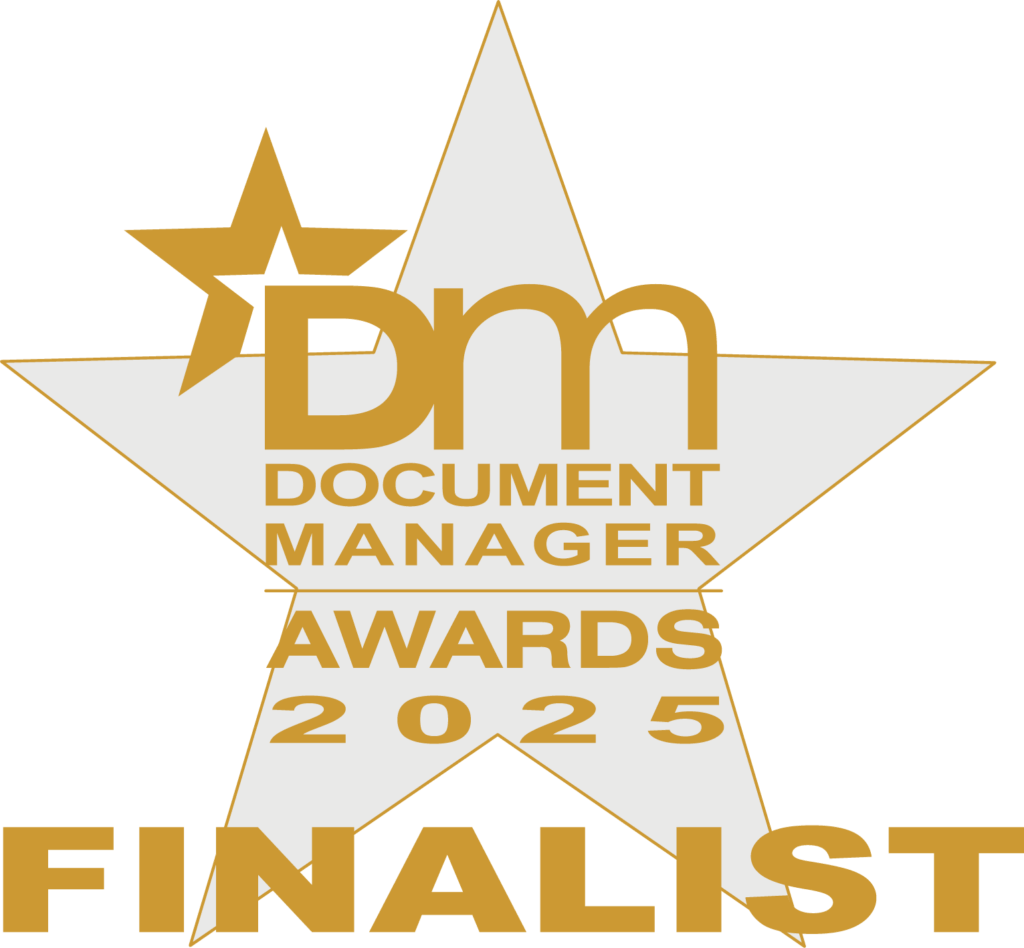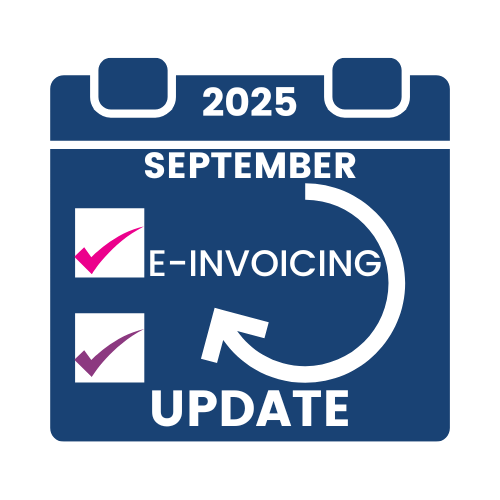AI has been the buzzword for AP automation for a few years. It is an expected feature of an automation solution, but where is it most powerful in your invoice processing, and are you making the most of it?
We used industry insights from companies such as Forrester and checked in with our customers to see where they reap the most benefits from our AI-powered solutions. Listed below are the top 5 processes where AI-powered automation has been a game-changer.
1. Data & Document Capture
AI has moved beyond traditional OCR by using machine learning and large language models (LLMs) to extract structured data from unstructured documents like PDFs, emails, and photos. Unlike template-based OCR, AI adapts to various formats and languages, reducing errors and manual corrections.
AI understands context. For example, accurately linking tax amounts to specific line items or distinguishing between invoice and PO numbers. This adaptability is especially valuable when dealing with international suppliers.
A global logistics company saw straight-through processing improve from 60% (with OCR) to 90% using AI. The system also validates data against vendor records and business rules before posting to the ERP, accelerating processing and improving accuracy.
2. Invoice matching
Matching invoices to purchase orders (POs) and goods receipts (GRNs) is often manual and error-prone. AI automates this by identifying patterns and filling in missing or inconsistent data using historical context.
It flags exceptions, such as slight vendor name mismatches or missing PO numbers, and suggests corrections. Customers report up to a 70% reduction in manual touchpoints. One global manufacturer reduced their three-way matching time from days to minutes with over 95% accuracy, allowing teams to shift focus to strategic tasks.
3. Reporting and dashboarding with Power BI
AI-enhanced dashboards in tools like Power BI go beyond metrics to uncover root causes of delays by analysing real-time data.
For instance, AI can flag recurring issues like incomplete invoices or late goods receipts. One client discovered that 30% of delays were due to late receipting by a specific department. With targeted training, they cut invoice cycle time by 45% in two months.
These dashboards turn reporting into a proactive tool for process improvement.
4. Fraud management
AI improves fraud detection through anomaly detection and behaviour analysis, identifying suspicious activity in real time.
It learns vendor patterns, such as invoice frequency and submission timing, and flags deviations like invoices from unknown bank accounts or at odd hours. This proactive monitoring helps catch fraud early and reduce financial risk.
5. E-invoicing and tax compliance
As global tax regulations become more complex, AI ensures compliance by validating invoice data against local tax rules and formatting standards.
In countries like Italy or India with mandatory e-invoicing, AI ensures proper formatting, validates VAT numbers, calculates taxes, and generates audit trails. This is especially valuable for multinational firms dealing with varying regulatory requirements across regions.
Ready to Transform Your AP Processes with AI?
AI-powered automation is no longer a future vision, it’s a proven solution driving real results for finance teams worldwide. Whether you’re looking to increase efficiency, reduce manual effort, improve compliance, or gain real-time insights, now is the time to act. Get in touch with us today to see how AI can streamline your accounts payable operations and deliver measurable impact across your business.





